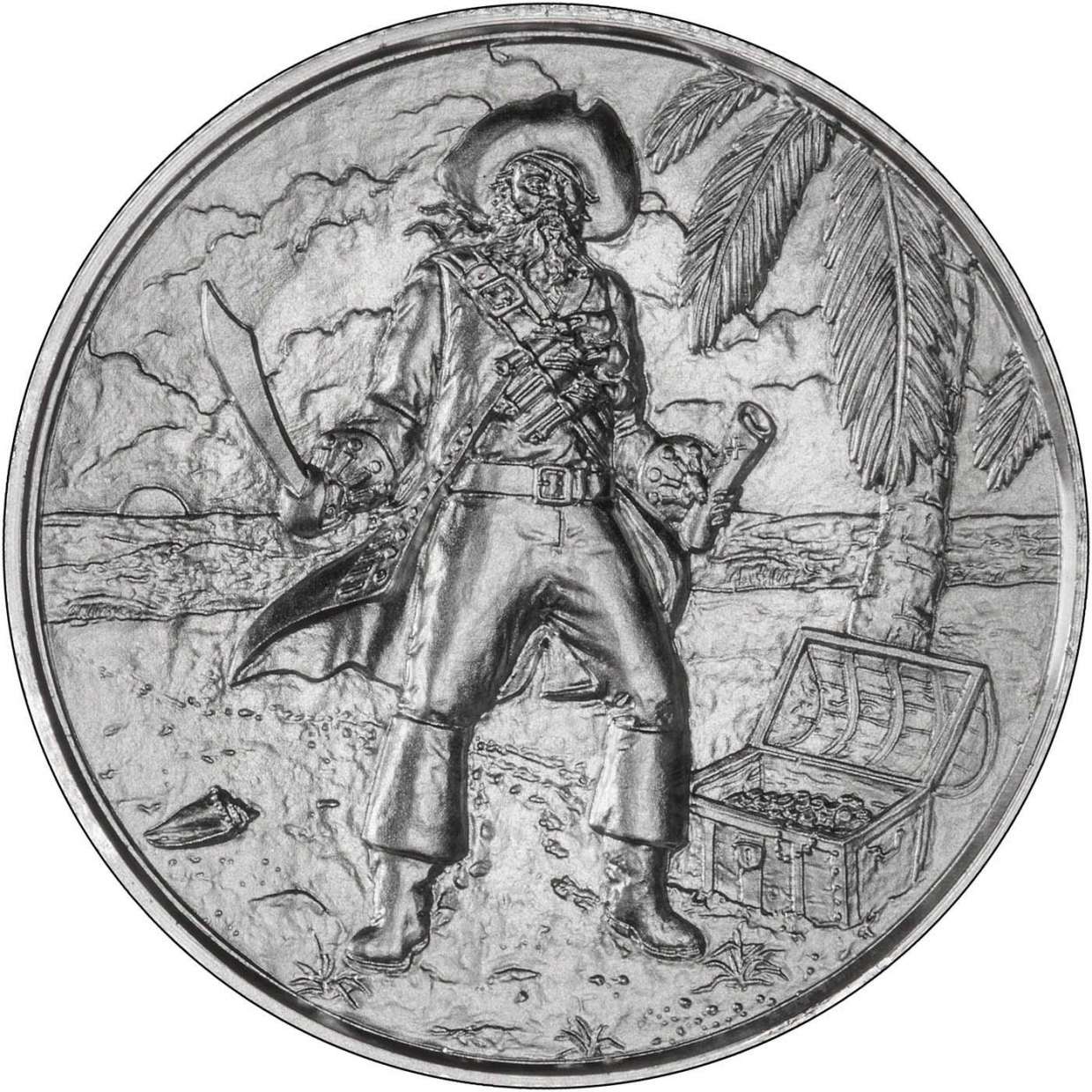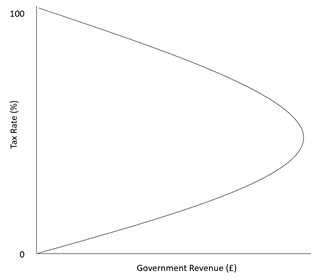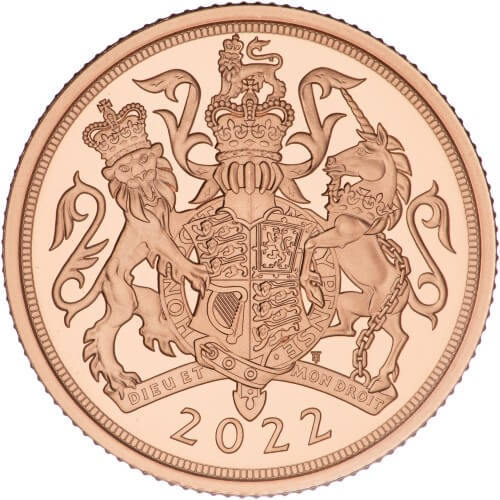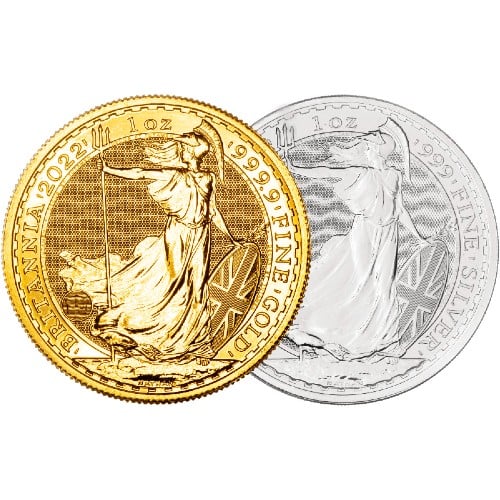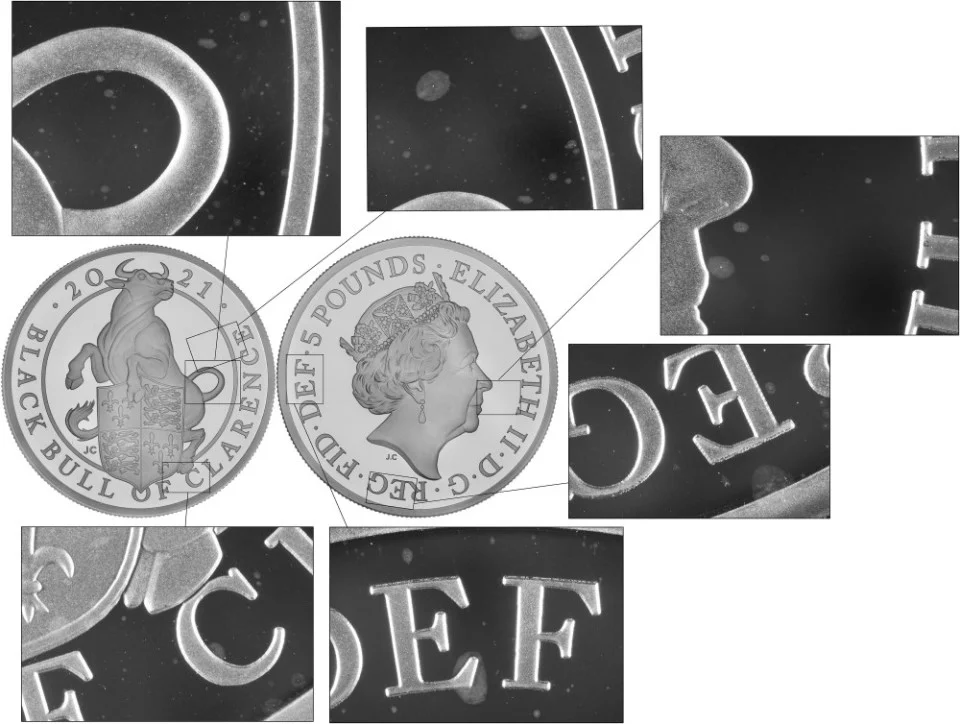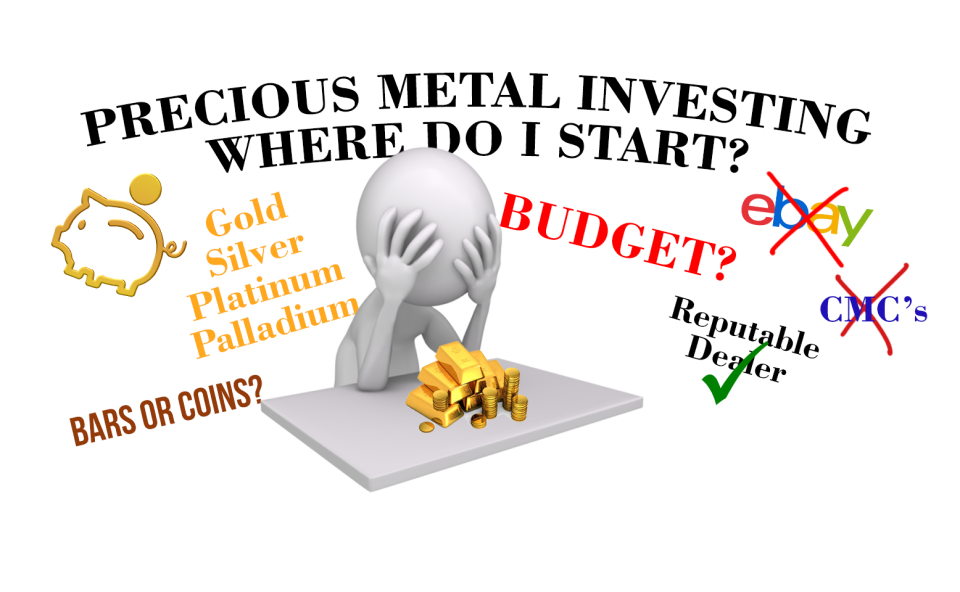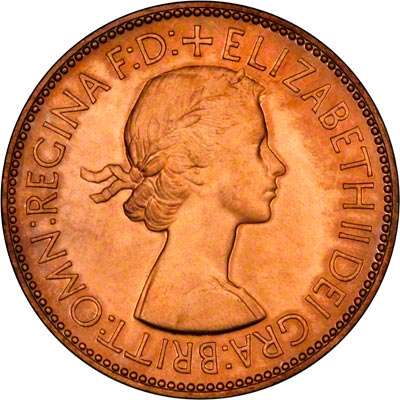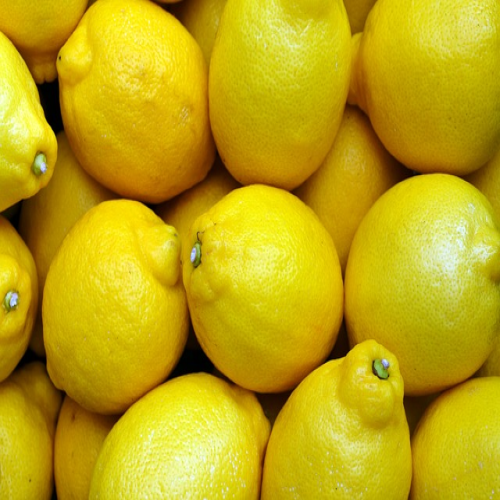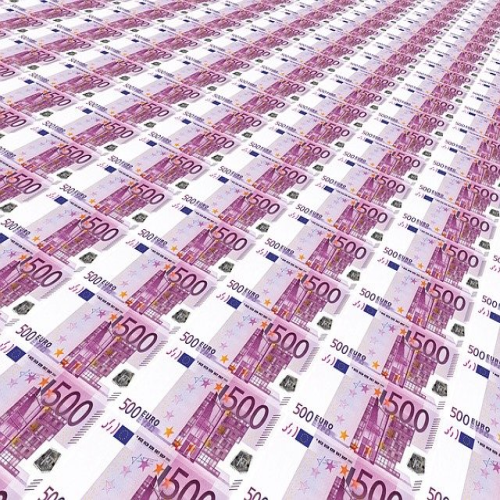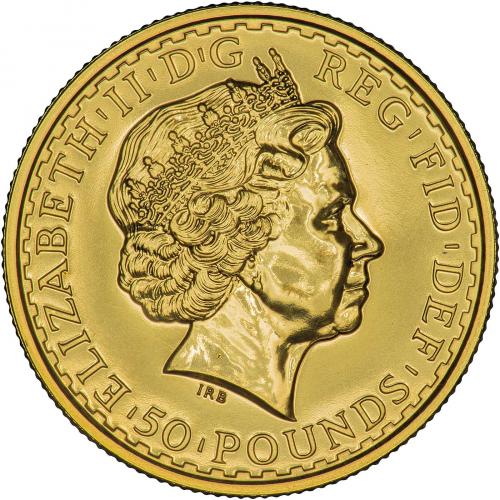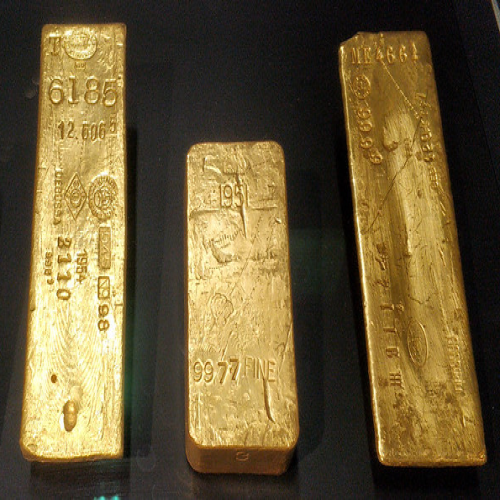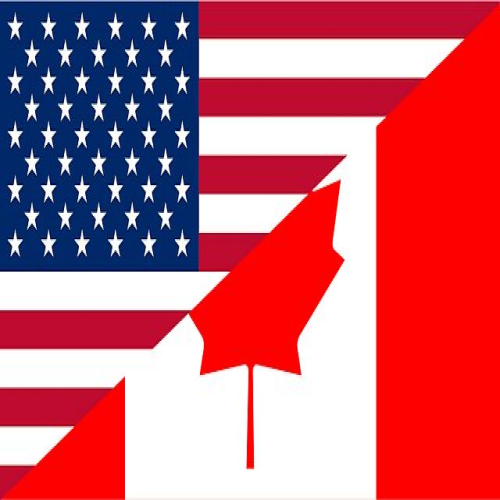Rare Gold Coins as an Investment
Synopsis
Many rare coin dealers will happily advise you to buy rare coins as a better investment than bullion coins. They usually cite a few examples of rare coins which have increased dramatically in price recently. These examples can be impressive, but what these dealers will usually not mention is the fact that they make far higher profit margins when they sell you individual “rare” coins, and will often only buy them back at a substantial discount to the current market price.

Rare Gold Coins as an Investment
Rare gold coins or gold bullion coins. Which is the better investment? We try to give some impartial advice to collectors and investors.
Modern Bullion Coins, Original Bullion Coins, and Rare Coins
This blog is about gold coins. On other pages, we discuss the merits of traditional real bullion coins, which originally were made for circulation and trade, compared with modern bullion coins such as the Krugerrand.
On this page, we concentrate on rarer gold coins, particularly as an investment.
Rare Gold Coins - What Do We Mean?
Rarity is a relative term. On eBay every coin seems to be rare, even the very commonest; in fact the rarest thing on eBay is probably a listing which does not claim to be rare.
Seriously though, the word rare could be applied to many different coins, and means different things to different people. It can also vary in meaning according to supply and demand, or size of a particular market. If for example, the USA had restricted the mintage of one of the 50 State Quarters series to, say, one million, this would have constituted a rare issue. The lowest mintage was about 72 million for the Northern Mariana Islands. In the coins of other countries, a mintage of 100 or fewer is not uncommon (is this a pun or an oxymoron?), and would not necessarily make the issue rare.
Relative vs Absolute Rarity
What we have just described makes it clear that there is relative rarity as well as absolute rarity. Absolute relates only to the number mintage or still extent, while relative means when market size is taken into account.
Grade Rarity
Some coins are common in low or medium grades, but very rare in mint condition or high grades. This has been highlighted by Coin Grading Services, and by the "population" statistics, which most of the independent grading services now publish. To some extent this aspect of rarity is genuine, but it could be considered that the slabbing (grading and encapsulation) of coins has heightened awareness of this, and to some extent the slabbers use it to market their services.
Mintage Figures
Some collectors and dealers look at mintage figures for coins, expecting them to be a reliable guide to rarity. This approach has some merits, but is unsound for a number of reasons.
An interesting example might be the 1933 USA Double Eagle. The official mint records show that 445,000 were minted. This would make it a common or very common coin, if we rely solely on mintage.
All these were thought to have been melted down at the mint before release, but at least one was found to have survived. This supposedly unique piece sold at auction in 2002 for a record price of $7.5 million. As an aside, we doubted the uniqueness of the coin at the time, and believed there were almost certainly others in existence. Our suspicion was strengthened when a very knowledgeable Belgian dealer told us he knew the location of some. We were not surprised.
The main reason this coin remains rare is that most of the mintage were undoubtedly melted, and what is more important is the issue quantity.
Mintage figures are often production figures showing how many of each coin the mint produced in a particular year, but mints often use up surplus dies into the next year (or years), and also sometimes stockpile coins with a future date for later release. This means that mintage figures cannot always to assumed to accurate reflect the number of coin minted bearing a particular date.
Occasionally, two or more different designs may have been used on a particular denomination in one year, and the individual figures may not have been recorded.
Attrition & Wear
Issue quantity itself is not a foolproof guide to rarity. There are many coins with a high mintage, where the issue quantity was also high, yet the coins are rare nowadays because most of them have been become worn out in circulation. These coins would be withdrawn, possibly melted, and the metal reused. Also, designs and regimes change, making some coins obsolete. Prior to about a century ago, there were very few coin collectors, so very few specimens of older coins survive.
Precious metal coins, in gold or silver, would typically have been withdrawn form circulation when their weight dropped below an acceptable limit.
Market Size
We have mentioned market size in passing, but perhaps we should define it more closely.
The USA is currently the world's largest and wealthiest consumer market. There are many American coin collectors, and also many collectors of American coins. This means the market for American coins is very large.
Conversely, there are not many Vatican City coin collectors. The official population is only about 920 people. There are almost certainly more collectors of Vatican coins than there are Vatican coin collectors, but even so the market size is still low.
Are Rare Gold Coins a Good Investment?
This is the answer which we guess most readers of this page will be waiting for. We have to disappoint you here, and state that we do not know. Come back in 10 or 20 years, and we will be able to tell you. This of course is because we cannot predict future supply and demand. We can guess, and this is called forecasting, but we do not know. Before you stop reading this page in frustration, please bear in mind, we are being honest with you, and trying to impart some good solid information, and we are proud that we impart it impartially.
Our Forecast (Guess)
We confidently forecast that many rare coins will increase in value over the next year, decade, lifetime, and century, so they will be a good short, medium and long term investment. We can also guarantee that others will go down in value over similar timescales. It is more difficult to forecast which ones will go up, and which ones will go down.
Give up yet? Please don't.
In many cases, we could make a forecast with a high probability of being right, about some coins, from some dealers, and possibly about many coins. In most if not all of these cases, our forecast would be that there would be sounder investments. These would include most coins promoted as good investments by salesmen, and coin companies who employ them.
Bad Guys or Simply Salesmen?
E.E. Cummings famously wrote "a salesman is an it that stinks Excuse". We would find it hard to improve on his observation.
There are many salespeople employed by many companies to talk you into buying the product they are trying to sell. Most sales personnel are paid at least partly on commission, so no matter how sincere they may try to be, there is always a conflict of interest, yours versus theirs. We offer no prizes for guessing which takes precedence. Also, even where sales staff are not paid commission, there will be targets, and if these are not achieved, the salesperson will be under pressure to justify retaining his paid employment. This includes coin salesmen.
It is easier for any business to attract and recruit sales staff if they pay a generous commission. It must also be easier for the sales team if the company does not apply many rules of conduct. This means that many salespeople will tell you what you want to hear if it helps them sell you something. It may not be the truth, and probably isn't.
If you buy coins, or any other product, from such a salesperson, or such a company, it is almost certain that you will not be making a good investment.
We have noticed a number of American coin companies giving out frightening advice about modern gold coins compared with pre 1933 gold coins. Our firm belief is they are trying to get you to buy higher profit margin (for them) coin. We remain extremely sceptical about their advice and also their ethics. In summer 2010, one of the biggest American rare coin investment dealers Goldline International was criticised for some of its marketing, sponsorship of US TV programmes such as Glenn Beck on Fox News. Although we have not seen any of the broadcasts, it appears that Beck advises investing in gold, but the show is sponsored by Goldline, who then try to up-sell investors into "rare" gold coins, and particularly pre '33 gold coins, as opposed to gold bullion coins. In the UK, it has become popular to bash the BBC, which although probably imperfect, is an absolute paragon compared with most US media and news organisations. "Fool's Gold" is one headline on "The Daily Dish" about a Glenn Beck (political) rally.
Research & Effort
One of the best investments anybody could make is in knowledge and education. Buy or borrow and good book, or read a good website (you are already doing this). The money you spend, and the time you invest in learning will be well spent. If it helps you avoid making a bad purchase, it will also save you money, but the knowledge and possibly wisdom you acquire will be one of the best investments you ever made.
Why do you need to find out for yourself? Why can't you just ask somebody? If I had a coin which was worth $1 now, but I thought was going to be worth $1,000 in a year's time, I would not sell it to you, or anybody else, at least not for $1. So, if you find a coin you can buy for $1 which normally sells for $1,000 you should exercise some caution. If something sounds too good to be true, it usually is. It may be stolen, fake, or simply not exist. We have, for example, saved potential buyers millions of dollars in eBay scams, and every day even more people get scammed on eBay and elsewhere, from local flea markets to global websites.
A little effort should help you avoid the worst of these.
Collectors Coins & Numismatic Interest
The best reason for collecting coins is because you like them, or are interested in some aspect of them or another. Whatever you pay for them, your greatest dividend is likely to be the pleasure you obtain from buying and owning them. You can research them, photograph them, display or show them, share your knowledge about them, and perhaps even exchange them or sell them to move on to another topic or theme.
If you do this, then any financial gain you make could be considered as a bonus.
If you have no great interest in coins you acquire, then you will not get much pleasure out of owning them, and you almost certainly will buy coins which will turn out to be a poor investment.
Pick Your Own
If you own a Victoria plum tree, you probably know that the best tasting plums in the world are the ones you pick from your own tree. They are best picked fully ripened by the sun, still warm and fresh from the tree. If you eat them while still up in the tree, they taste even better. If you let them cool off, and take them into the house, they will not taste quite as good. If you buy them from a supermarket, they may be days old, picked unripe, gassed to ripen them, and they will never taste as good as truly fresh warm ones.
While this does not apply to coins in quite the same way, you will need to pick your own numismatic investments for the reasons we have already indicated.
More Clues
If you invest in "hot" coins, where there is great interest, and prices are rising noticeably, you have probably missed the metaphorical boat, and you will be buying in at already inflated prices. If you spotted the trend early, you may be lucky, and be able to get out near the top of the market, in which case a coin which proved a good investment for you may end up being a poor investment for the person you sold it to.
There is more chance of gain if you buy into a coin or sector where demand is currently slack, and hold until interest increases. If you also research your coins, you could publish your research, enthuse and educate others, and turn your work and interest into a profit from the increased demand your work stimulates.
Near Bullion Coins
One area we think should always be worth a look is at near bullion coins. By this we mean coins which are priced at or close to gold bullion prices. These provide an each-way bet. If the gold bullion price rises, you will make profits. If demand for your particular coins rise, then again you will make profits. You may even be lucky enough to get a double profit if both happen.
It is for this reason, among others, that we suggest investors look at older bullion coins, the type which used to circulate, like sovereigns, rather than modern "bullion" coins such as Krugerrands or gold (ounce) eagles. These can often be bought at similar prices, but offer the possibility of becoming in greater demand for their collectability, and attracting a higher premium for this.
We have already observed this happening with British gold sovereigns, although some of the increased demand may be from investors who have taken our advice. It also applies to many of the "real" bullion coins which were originally issued for circulation rather than to sell to investors. We have nothing against Krugerrands, eagles, Britannias, maples, nuggets or pandas, but they are a little lifeless and boring compared with their older counterparts.
Strangely, one of the reasons we believe such coins have languished is because many investors are mentally too lazy, or perhaps stupid, to work out the intrinsic gold content, as these older coins were not usually made in nice round numbers or fractions of ounces. Don't be a lazy loser!
Pre 1933 Gold Coins
Another piece of misinformation and propaganda we see frequently is the advice and scare story, particularly in the USA, about confiscation. We have also noticed a few voices, those of more honest American dealers, stating their opinion that the 1933 confiscation is now irrelevant, and we believe they are almost certainly correct. These guys also believe that the scaremongers are simply doing this so they can sell you more expensive (higher premium) gold coins, on which they can make more money. We're inclined to agree with them.
French 20 Francs Rooster Gold Coins
These are one of the most common European bullion coins. They are also one of Goldline International's high profit "switch sell" lines. Please click here to view these coins.
Further Reading
How About Real Gold Coins at Similar Prices? - One of the oldest pages on this website, and still valid. In common with many other European dealers, we normally have these available for sale as low premium bullion coins, typically at similar premiums to our British gold sovereigns. If collectors wish to buy high grade specimens, or special dates, we are also happy to help. Naturally, we expect a higher price for numismatic specimens than for bullion coins. For these special coins, our premium is typically about 50% above gold. This compares with between about 4% and 15% for bullion coins depending on quantity. Goldline International is reported to charge over 50% premium for quantity "investment" purchases.
You may wish to view all of our articles on our gold guide.
Related Blog Articles
This guide and its content is copyright of Chard (1964) Ltd - © Chard (1964) Ltd 2025. All rights reserved. Any redistribution or reproduction of part or all of the contents in any form is prohibited.
We are not financial advisers and we would always recommend that you consult with one prior to making any investment decision.
You can read more about copyright or our advice disclaimer on these links.





